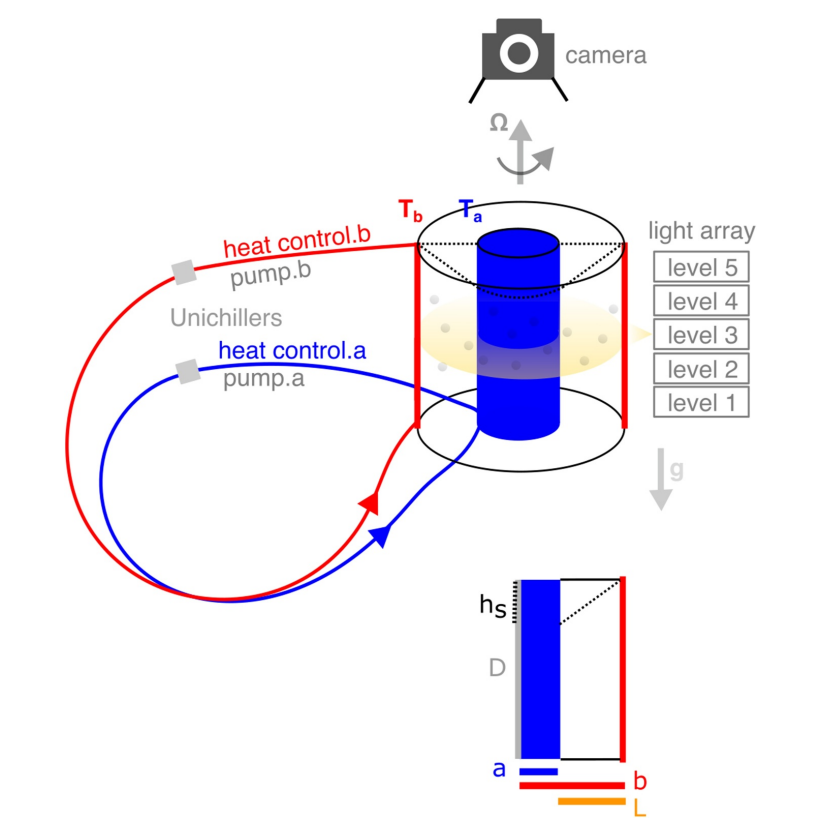In 2024, the company participated in the Oceanology Asia 2024 International Marine Science and Technology Equipment Exhibition (OA 2024) held at the Shanghai International Procurement Convention and Exhibition Center. This exhibition brings together more than 200 marine technology brands from around the world, showcasing the latest marine technology instruments and equipment, as well as technological innovations in various links of the industry chain, attracting the attention of many industry experts and exhibitors.
Laboratory simulation breakthrough: verifying the energy constraint mechanism of Earth's vortex heat transfer
A research team from the Department of Physics at the University of Oxford has published a groundbreaking study titled 'Energetic Constraints on Baroclinic Eddy Heat Transport With a Beta Effect in the Laboratory' in Geophysical Research Letters, which verifies the core energy constraint mechanism of vortex heat transfer in the Earth's atmosphere and oceans through laboratory experiments. This study not only provides key evidence for the long-standing problem of vortex parameterization in climate models, but also lays a new foundation for predicting extreme weather and ocean current changes under global warming. The main focus of the research is to simulate the heat transfer of oblique vortices in geophysical fluids through rotating annular grooves in the laboratory, especially the influence of Beta effect (Coriolis force varying with latitude) on vortex energy constraints.
The key points include:
1. The GEOMETRIC theory was experimentally validated, which states that the buoyancy flux of vortices is linearly constrained by the total vortex energy (kinetic energy+potential energy), especially in the presence of Beta effect.
When there is no Beta effect, the relationship between vortex heat transfer is more complex.
3. Using a combination of particle imaging velocimetry (PIV) and numerical simulation, the efficiency of vortex heat transfer was directly measured for the first time in the laboratory. It was found that as the rotation rate increased, the efficiency decreased, mainly due to changes in the distribution of kinetic and potential energy.

